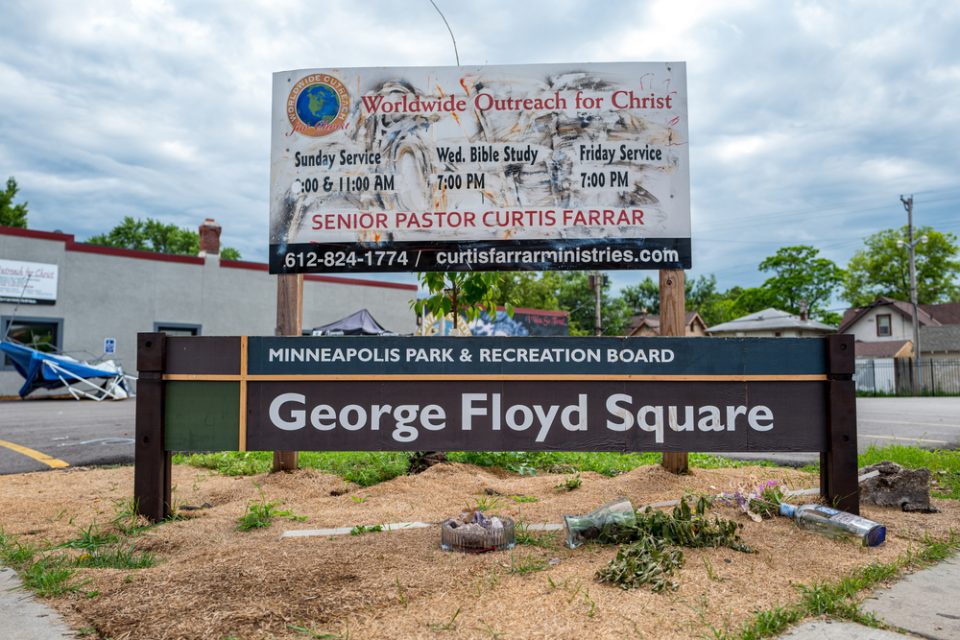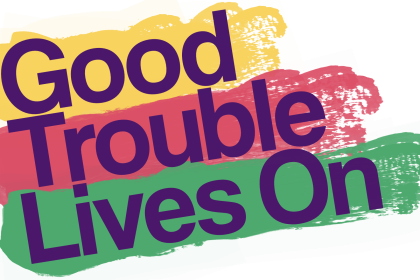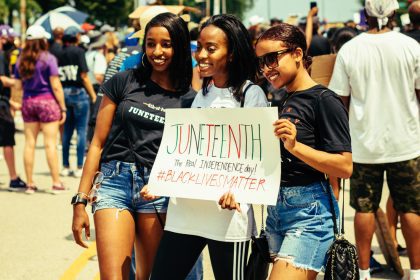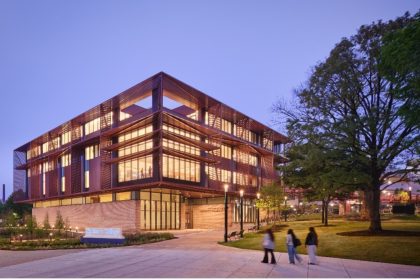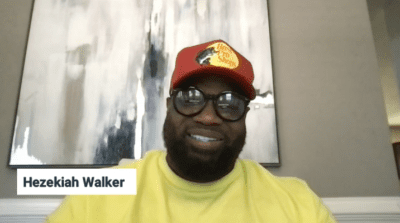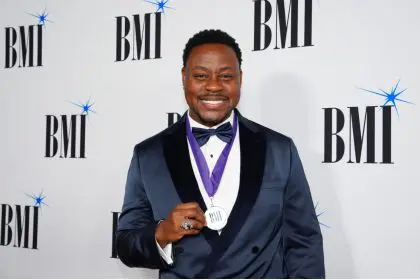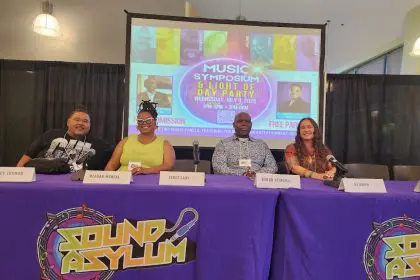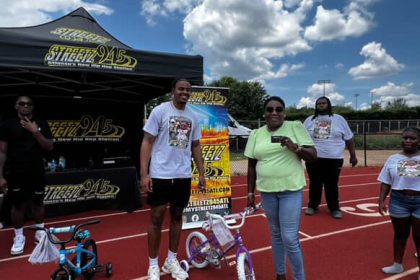City Council decision sparks renewed discussion on community healing and development
A site of remembrance
Five years have passed since George Floyd’s tragic murder, but the site where his life ended remains an enduring symbol of resilience, grief, and social change. The intersection in Minneapolis that has come to be known as George Floyd Square stands as both a sacred space for reflection and a complex focal point for conversations surrounding urban development, community needs, and social justice. While its presence is a testament to the impact of Floyd’s death and the call for racial equity, it also represents a challenge to the city’s plans for growth and revitalization. Now, as the anniversary approaches, the city grapples with decisions that will shape its future—balancing the power of memory with the potential for progress.
Council deliberations
The Minneapolis City Council has faced significant pressure in recent months as they navigate how to approach the future of George Floyd Square. Recent meetings of the Planning Committee have showcased the competing priorities within the council, including both preservation of the memorial and the urgent need for community-driven development. Proposals for this iconic site have ranged from reimagining the area as a pedestrian-friendly mall to maintaining the square’s status as a monument dedicated to the movement for racial justice.
Planning committee review
The city’s Planning Committee has engaged in detailed discussions about new proposals, emphasizing thorough deliberation. These discussions underscore the council’s dual focus: preserving the space’s historical significance while ensuring that it serves practical community needs.
Pedestrian mall concept
One of the most talked-about ideas involves transforming the site into a pedestrian mall. This approach seeks to balance the spiritual and symbolic aspects of the square with the functional demands of a thriving urban community. The aim is to create an area that invites gathering, reflection, and engagement while supporting the daily needs of local residents and businesses.
Community response
Local reactions to the proposed changes have been varied. While many residents support efforts to rejuvenate the surrounding area and bring in more visitors, others view any alteration of the space as a betrayal of its sanctity. Business owners, in particular, are divided, some see the potential economic benefits that revitalization could bring, while others fear that commercial development could undermine the square’s symbolic power. The complexity of these responses underscores the challenge facing the council: how to strike a balance that respects both memory and modernization.
Timeline concerns
A persistent issue in the debate is the timing of the proposed changes. Some council members advocate for swift action to address safety concerns and support revitalization, while others push for a more measured approach, arguing that any change should come only after extensive community engagement.
Community perspectives
George Floyd Square’s legacy has inspired an outpouring of support from the Minneapolis community, but opinions on the way forward are deeply divided.
Business owners’ views
Many business owners see the site as an opportunity to attract more visitors and boost the local economy. For them, a well-planned revitalization would not only honor Floyd’s memory but also transform the area into a vibrant, economically viable space. Yet, they acknowledge that this must be done thoughtfully to avoid eroding the site’s cultural significance.
Residents’ emphasis on preservation
For some residents, preserving the integrity of George Floyd Square is paramount. These community members argue that the space should remain a living tribute, unaltered and undisturbed, so that it continues to inspire and remind people of the injustices that ignited a global movement for racial equality.
Council members’ engagement debate
Council members themselves are at odds over how to engage with the community in shaping the site’s future. Some believe in actively involving residents and business owners in planning sessions, while others worry that too many voices could make the decision-making process unwieldy and slow.
City officials’ perspective
Officials are keenly aware of the delicate nature of the situation. They have voiced a commitment to finding a balanced solution that takes into account both the emotional and practical aspects of the square’s legacy. This commitment has fostered ongoing consultations, aiming to weave together the various perspectives into a cohesive plan.
Investment priorities
Discussions about George Floyd Square’s future also involve significant investment priorities. These touch on a range of key areas that would impact the neighborhood for years to come.
Economic development opportunities
There is an interest in using potential investments to bolster the local economy, with the hope that revitalization will encourage tourism, create jobs, and draw more businesses to the area. However, such growth must not overshadow the site’s core mission of fostering remembrance and activism.
Memorial preservation strategies
Ensuring that George Floyd Square remains a memorial space requires strategies that protect its essence. Whether through dedicated public art installations or guided educational programs, preservation efforts are part of the broader conversation about how to honor Floyd’s legacy meaningfully.
Community healing initiatives
Beyond physical development, there is an understanding that community healing initiatives are essential to the long-term success of any plan. Proposals for workshops, support groups, and cultural events aim to reinforce a sense of unity and purpose.
Infrastructure improvements
Upgrades to public infrastructure, including improved lighting, safer crosswalks, and enhanced transportation options, have also been part of the dialogue. These changes aim to make the area more accessible while maintaining a respectful atmosphere.
Resident accessibility
Ensuring that the space is accessible for all residents is a priority in the discussions. From wheelchair-friendly paths to clearer signage, measures that enhance accessibility are seen as a step toward an inclusive and welcoming environment.
Looking forward
As Minneapolis continues to navigate the balance between honoring George Floyd’s legacy and fostering growth, stakeholders remain committed to finding solutions that respect the past while building for the future. The city’s efforts represent a pivotal moment, not just for Minneapolis, but for other communities grappling with similar questions about public space and social memory.
Meta description: Minneapolis debates the future of George Floyd Square as city council and community members work to balance memorial preservation with neighborhood development needs.

